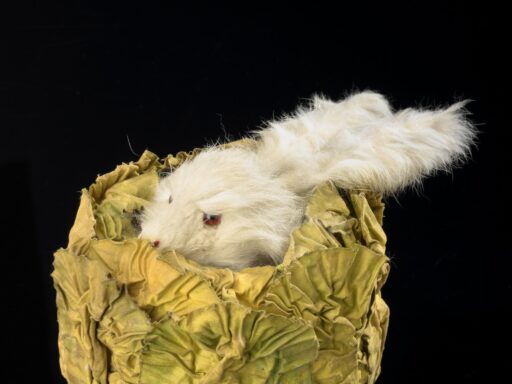
Assistant Curator, Esme Mahoney-Phillips, delves into the history of robotic animals and ticks off highlights from the collection to show that these feats of engineering are more than just a modern mechanical innovation.

Assistant Curator, Esme Mahoney-Phillips, delves into the history of robotic animals and ticks off highlights from the collection to show that these feats of engineering are more than just a modern mechanical innovation.
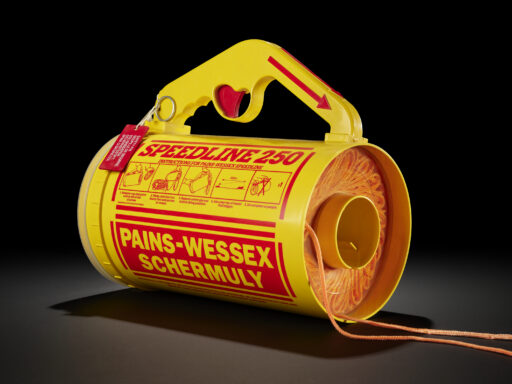
Discover some of the stranger uses for explosives, from life-saving technologies to fire-stopping grenades, as we reveal recently unpacked items from the collection.

After a landmark regulatory approval, gene editing is now being trialled with children, reports Roger Highfield, Science Director.

Some of our largest objects have been moved into their new home, a new collection management facility at the Science and Innovation Park in Wiltshire. In 2024, the facility will open for public tours, school and research visits, enabling people to explore much more of the collection than ever before.
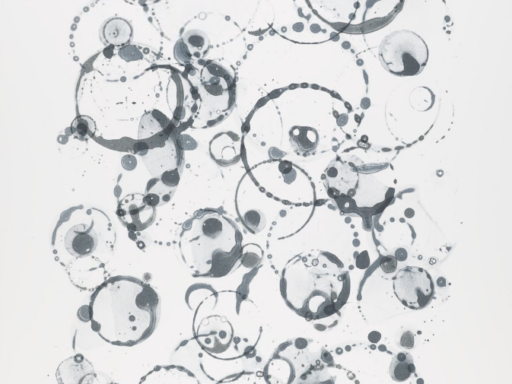
As the Science Museum Group Collection acquires a new print by Rachel Whiteread DBE, Anna Ferrari, Curator of Art and Visual Culture at the Science Museum, explores how two artists evoke COVID-19 and the pandemic.
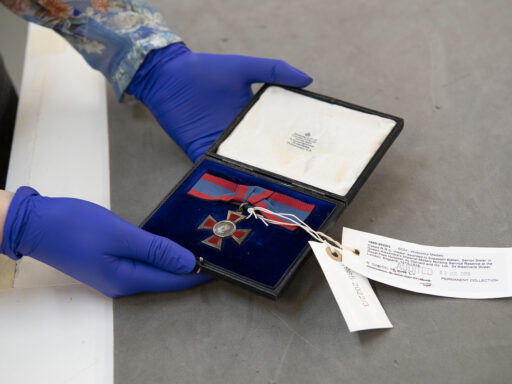
The Royal Red Cross Medal, awarded to Elizabeth Batten, is one of the last objects leaving Blythe House for its new home at the National Collections Centre, part of the Science and Innovation Park in Wiltshire.
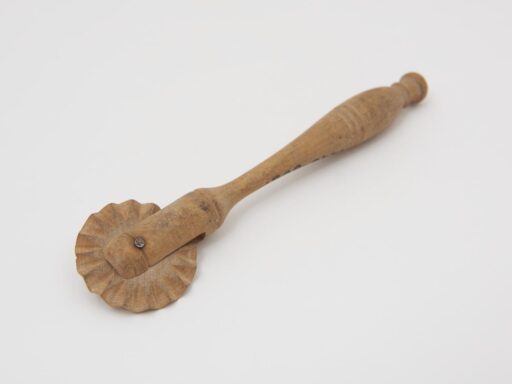
For a third year, the Science Museum Group has brought together science and poetry to celebrate National Poetry Day (5 October 2023).

Tropical forest canopies are edging closer to a critical high-temperature threshold of no return. Roger Highfield, Science Director, reports on a study published today.
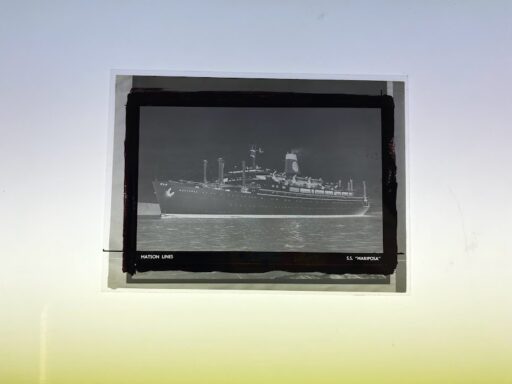
Inspired by World Photography Day, Associate Curator Rebecca Raven discusses studying and moving many thousands of photographic records to their new home.
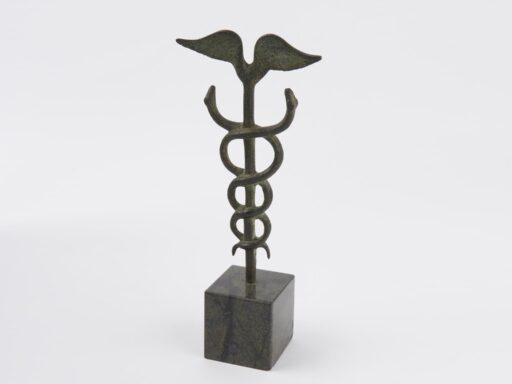
A common emblem for medicine depicts one or two snakes coiling up a staff. This symbol, often referred to as a ‘caduceus’, has been frequently used as a pharmacy or healthcare company crest. However, the term ‘caduceus’ has a distinct meaning and historically has been confused with the real first medical symbol: the ‘Rod of Asclepius’.
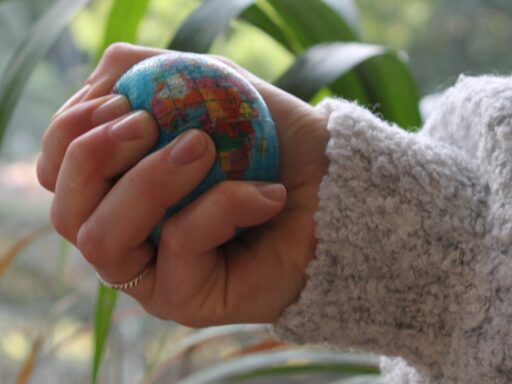
Why is a foam stress ball now part of the Science Museum Group?
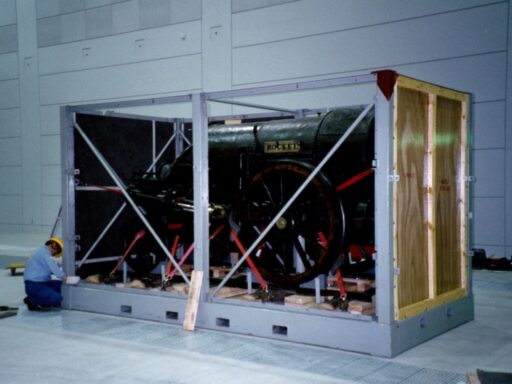
In 1998, the Science Museum delivered an ambitious, ground-breaking touring exhibition that took many of its most important objects to Japan. Treasures of the Science Museum showcased objects that had never left Britain before. Its Project Curator, Nick Wyatt, now the museum’s Keeper of Library and Archives, explores this project, and describes more recent cooperation with Japan.